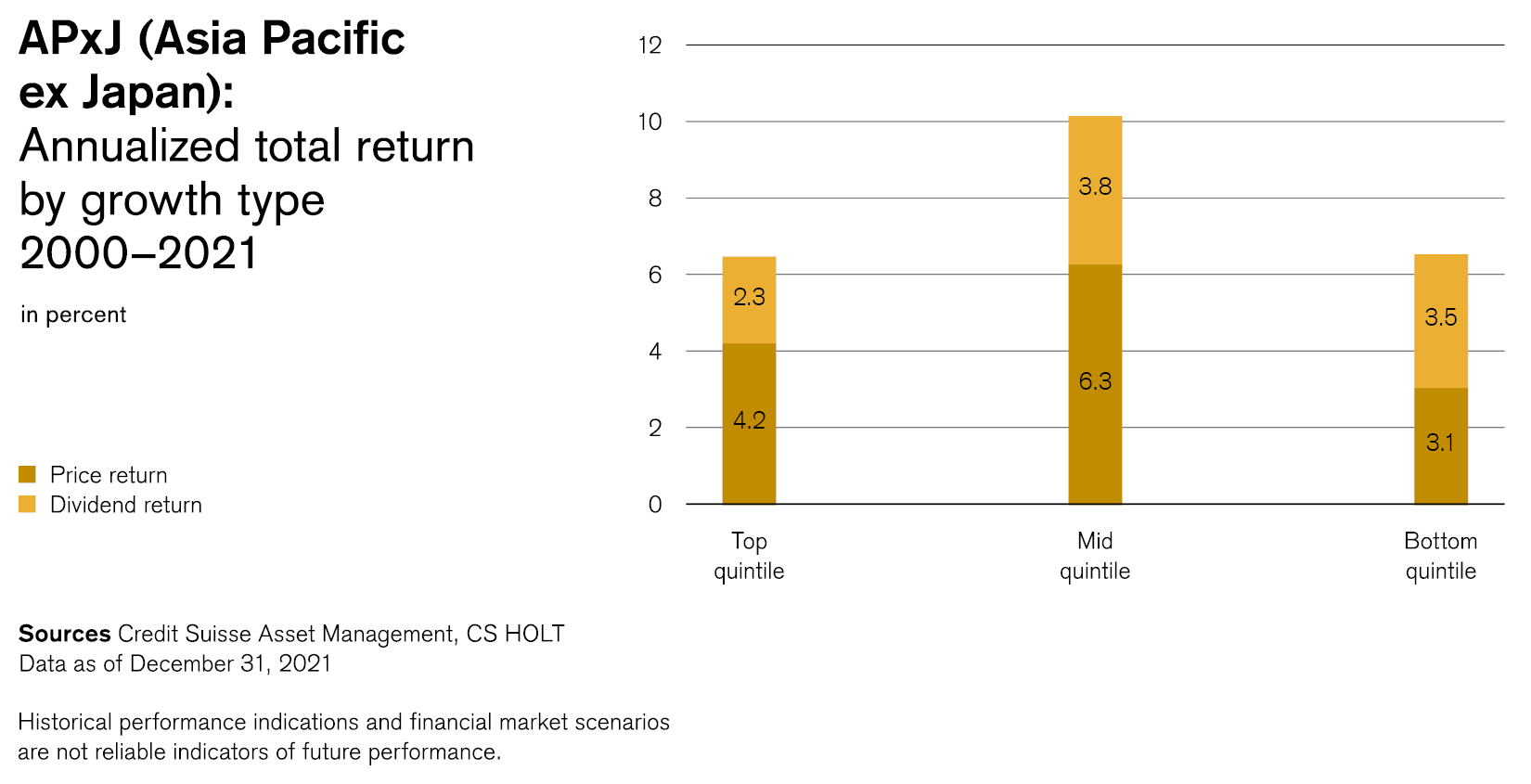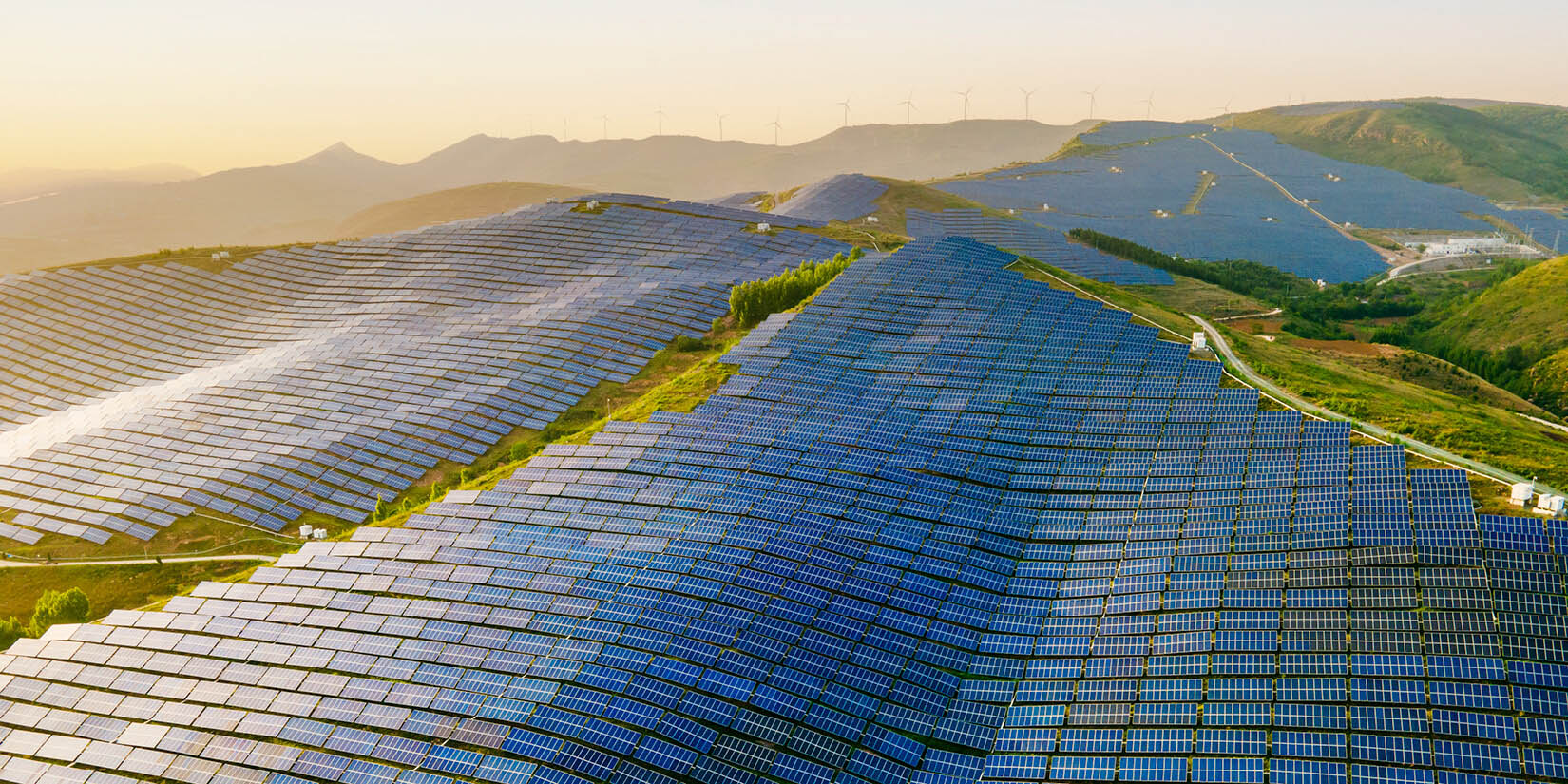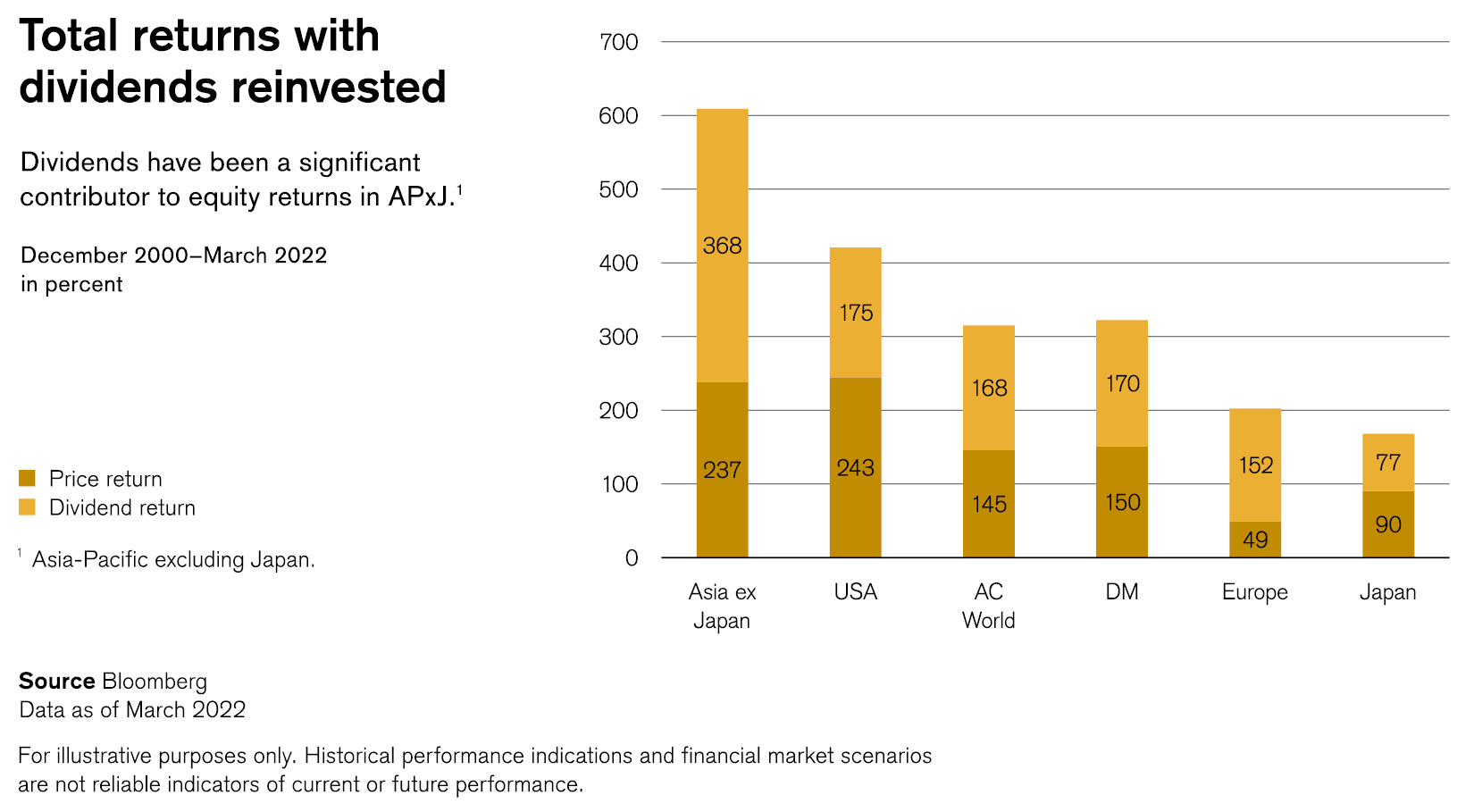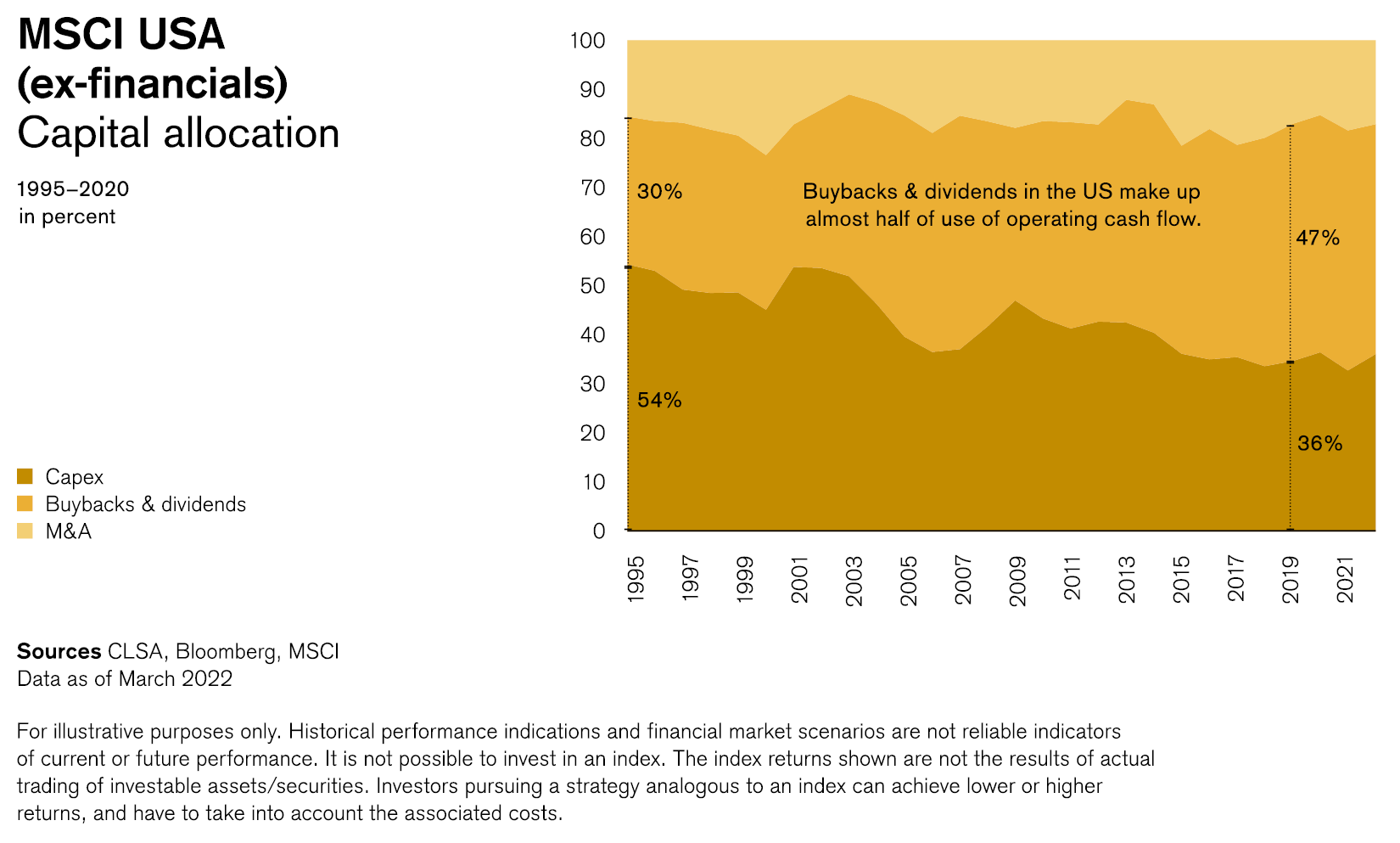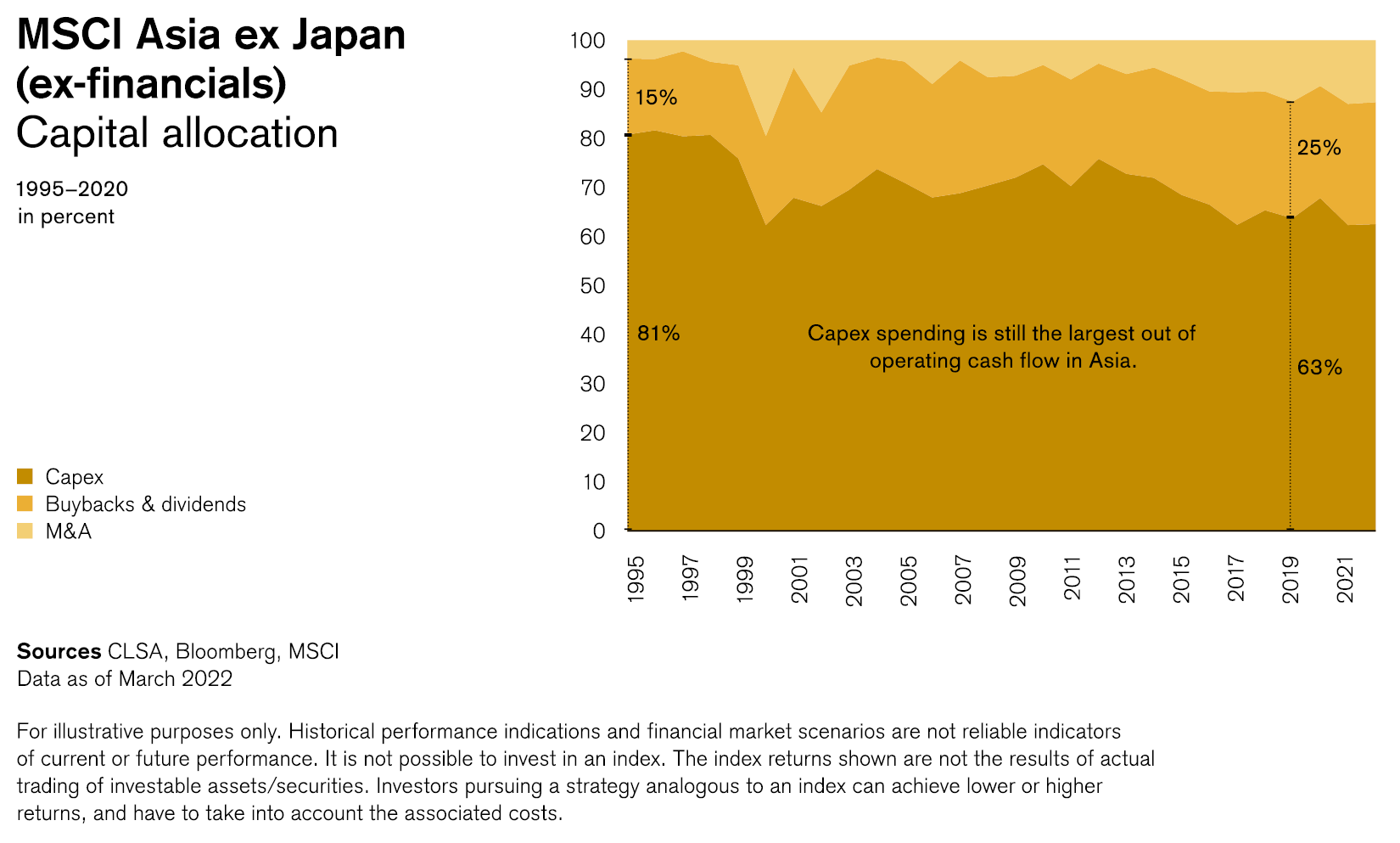Ripe for stock pickers
The region is probably one of the best areas of opportunity for active stock pickers in the world. Firstly, this is due to the sheer size of Asia’s equity market, which makes it an attractive market to hunt for stocks. Secondly, as mentioned, these markets are not as efficient as those in the developed world, which creates additional opportunities.
To really take advantage of these opportunities, however, you need to be an active investor. You also need to have access to the right resources. Often the best opportunities can only be found by having boots on the ground – analysts that are native to the region and have experience investing in that local market.
For instance, when you look at a country like South Korea, on a price-multiple basis it often looks cheap. However, there is a reason why South Korean stocks trade at a discount. This is a highly traditional market. Often there is a conglomerate discount priced into stock valuations due to companies having many crossover owners.
By contrast, if you look at India, stocks in this market look quite expensive. Often you will see stocks trading at more than 50 times price-to-earnings. However, this makes sense when you consider that these companies have earnings growth in the region of 20–30%.8 They actually provide a very good proxy for tapping into India’s economic growth potential.



